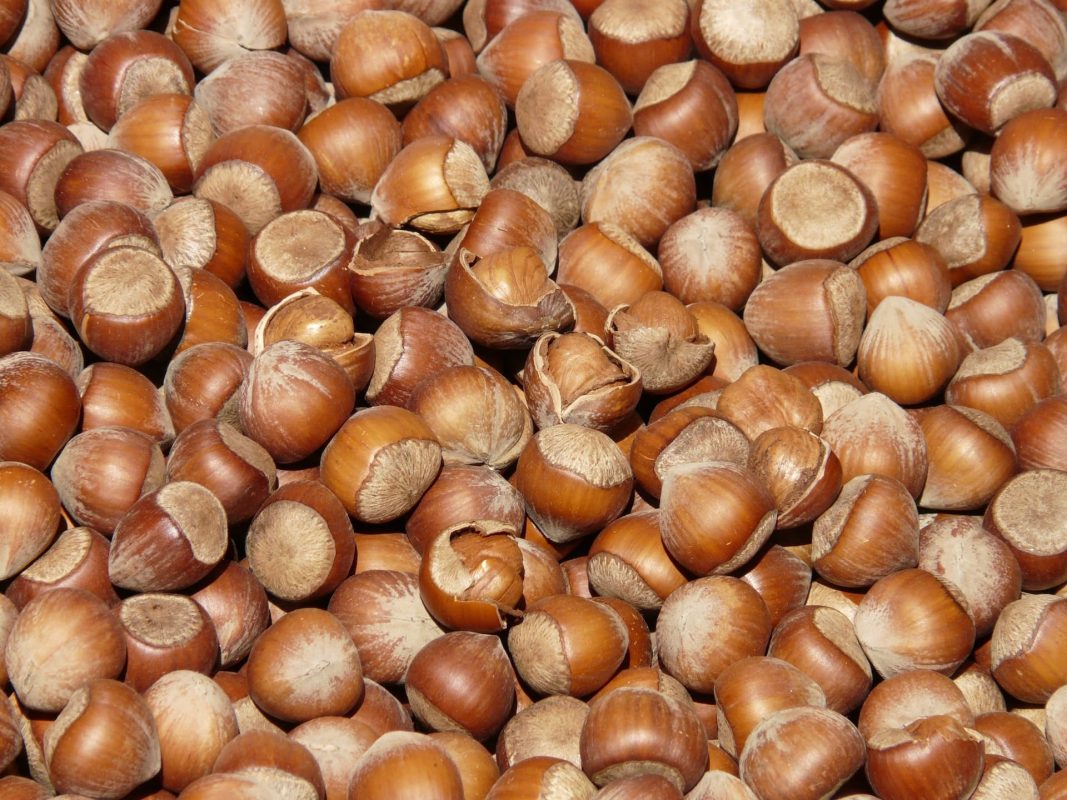YETRAC
Complete Guide to Hazelnut Fertilization: Tips for Healthy Trees and Abundant Harvests
Complete Guide to Hazelnut Fertilization: Tips for Healthy Trees and Abundant Harvests
Hazelnuts are popular and nutritious tree nuts that require proper fertilization for optimal growth and abundant yields. In this comprehensive guide, we will explore the key steps and techniques for effectively fertilizing hazelnut trees. From understanding nutrient requirements to selecting the right fertilizers and implementing strategic fertilization methods, you’ll gain valuable insights to maximize the health and productivity of your hazelnut orchard.
Soil Analysis
Before fertilizing your hazelnut trees, conduct a soil analysis to assess the nutrient content, pH level, and overall soil health. This analysis will help you identify any nutrient deficiencies or imbalances that need to be addressed through fertilization.
Macronutrients for Hazelnuts
Hazelnut trees require specific macronutrients for healthy growth and nut development. The primary macronutrients are nitrogen (N), phosphorus (P), and potassium (K). Nitrogen promotes vigorous vegetative growth, phosphorus supports root development and flower formation, and potassium contributes to overall tree health and nut quality. Select fertilizers with the appropriate ratios of these macronutrients, such as a 12-6-6 or 18-6-12 formulation.
Timing of Fertilization
Timing is critical when fertilizing hazelnut trees. Apply the bulk of the fertilizer in early spring before bud break to support the tree’s initial growth and development. You may also consider applying a smaller portion of fertilizer in late spring or early summer to meet the tree’s increasing nutrient demands during nut production.
Organic Matter and Mulching
Incorporate organic matter, such as compost or well-rotted manure, into the soil around the base of the hazelnut trees. This helps improve soil structure, water retention, and nutrient availability. Additionally, mulching around the base of the trees with organic materials can suppress weed growth, conserve moisture, and provide a slow release of nutrients.
Controlled-Release Fertilizers
Consider using controlled-release fertilizers to provide a slow and steady supply of nutrients to your hazelnut trees. These fertilizers release nutrients gradually over time, ensuring consistent availability without the risk of over-fertilization. Follow the manufacturer’s instructions for application rates and timing.
Micronutrient Supplementation
Hazelnut trees may require additional micronutrients for optimal growth and nut production. Common micronutrients for hazelnuts include zinc, manganese, copper, and boron. Conduct a soil analysis to identify any micronutrient deficiencies and apply targeted fertilizers or foliar sprays to address specific nutrient needs.
Irrigation and Water Management
Proper irrigation is crucial for hazelnut tree health and nutrient uptake. Provide regular watering, especially during dry periods, to maintain adequate soil moisture levels. Implement irrigation systems that deliver water directly to the root zone and avoid wetting the foliage excessively, as it may increase the risk of disease.
Monitoring and Adjusting
Regularly monitor the health and growth of your hazelnut trees throughout the growing season. Look for signs of nutrient deficiencies, such as yellowing leaves or stunted growth. Adjust your fertilization program accordingly, either by increasing the application rates or adjusting the timing based on the specific needs of your trees.
Proper fertilization is essential for the health and productivity of hazelnut trees. By conducting a soil analysis, understanding nutrient requirements, selecting the right fertilizers, and implementing strategic fertilization methods, you can optimize the growth and nut production of your hazelnut trees. Remember to consider macronutrients like nitrogen, phosphorus, and potassium, and apply fertilizers at the appropriate times during the growing season. Incorporate organic matter and mulching to improve soil quality and moisture retention. Utilize controlled-release fertilizers for a gradual nutrient release. Address micronutrient deficiencies through targeted fertilizers or foliar sprays. Implement proper irrigation and water management practices to ensure optimal moisture levels. Monitor your trees regularly and make adjustments to your fertilization program as needed. By following these guidelines, you’ll be on your way to nurturing healthy hazelnut trees that produce abundant and high-quality nuts season after season.

